What is Cast Iron? Benefits, Uses, Pros & Cons
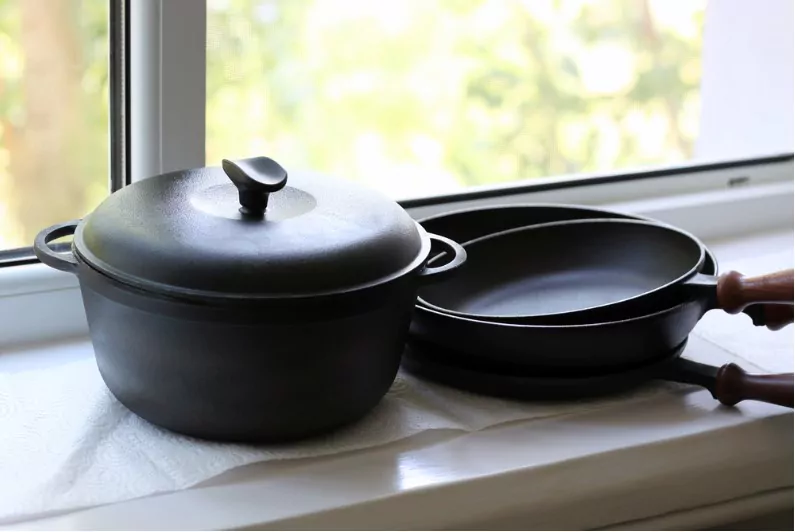
Today, we’re taking a step away from food and looking at cast iron. We’re sure many of you have seen a skillet in your grandmother’s house or maybe a rusty one in your garage. It’s a unique type of cookware, and it’s worth exploring not only for its cooking properties but for its history. The process of casting iron goes back to ancient China when they used cast iron to make weaponry in 1707. Then, Abraham Darby patented a method for casting pots and pans out of iron that gave way to the types of pots and pans that we use today.
Are you interested in learning what cast iron is, what it is made of, or is it healthy? Then you’ve arrived at the right place!
1 How is cast iron made?
Carbon alloys such as cast iron contain 2 to 4% carbon content mixed with silica, manganese, and phosphorus. The primary material of cast iron is pig iron, obtained when the smelted iron is collected in the furnace. At the same time, cast iron is obtained by reducing iron ore inside the blast furnace. As a result, a substantial amount of iron, limestone, steel, or coke is often added to molten pig iron when it is made, or the molten pig iron is re-melted.
The production of cast iron is also possible with the help of a Cupola furnace where limestone, coke, and pig iron are melted together. A Cupola furnace has a cylindrical shape, a height of 5m, and a diameter of around 1m. Heat is applied to the materials after pouring them from the top of the furnace. In this process, the impurities in the pig iron are removed to a certain extent through oxidization, resulting in molten iron. After this, the slag is removed from the top of the molten iron. After the iron has melted, it is poured into a mould to get the desired shape.
2 Types of cast iron
White Iron
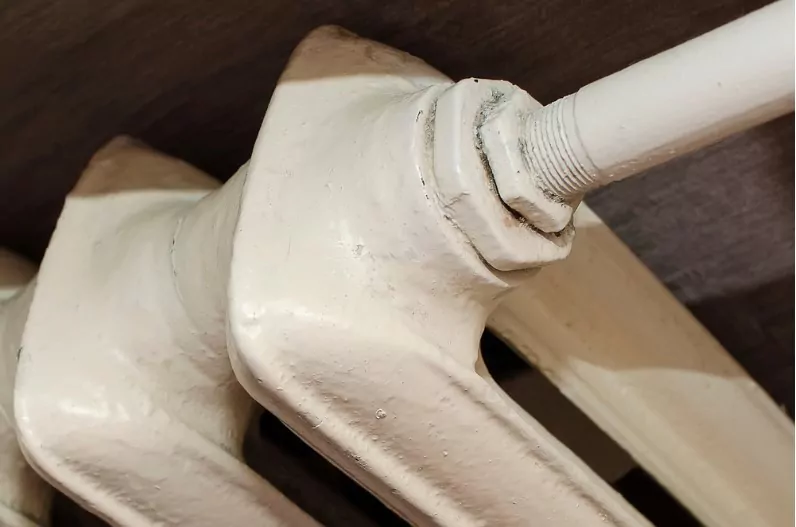
As a result of its low silicon content and faster cooling rate, it can be observed that white cast iron exhibits white fractioned surfaces due to the presence of iron carbide, also known as cementite. Instead of graphite, the carbon in white cast iron precipitates out. This allows it to melt under the metastable phase of cementite, Fe3c. As cementite crystals form from the melt, they are relatively large. While the iron carbide precipitates, it extracts the carbon from the original melt, making the mixture more polycrystalline. The remaining phase is the primary solid solution of iron-carbon. Shot-blasting nozzles, mill linings, railroad brake shoes, rolling mill rolls, slurry pump housings, and crushers are some castings made from white cast iron that are wear-resistant and abrasion-resistant.
Grey Iron
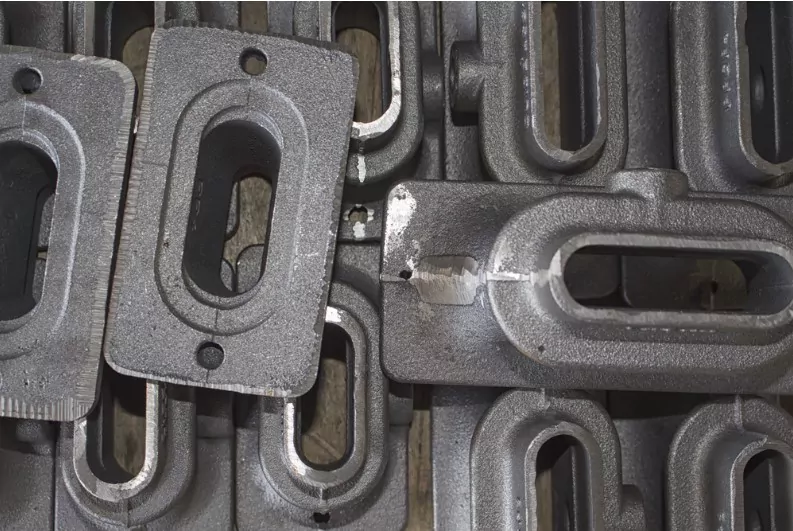
Grey cast iron looks greyish due to its graphite structure, resulting in colour fractures. Gray cast iron has similar compressive strength to low and medium-carbon steel. Also, it is low in resistance and tensile strength compared to steel. These properties depend on the shape and dimensions of graphite flakes in the cast iron microstructure.
Ductile Iron
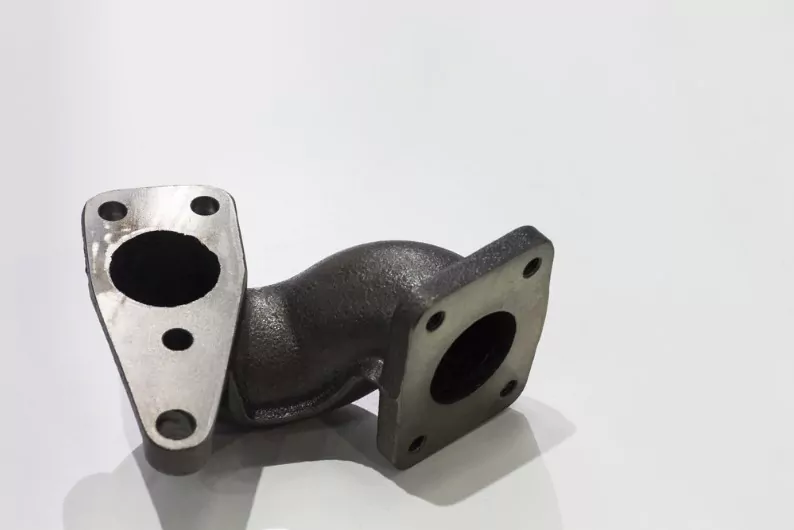
Ductile cast iron, also famous as nodular cast iron, is widely used in automobiles and the wind-power industry. The graphite in the ductile cast irons is arranged in concentric layers forming tiny nodules of graphite. This type of iron has the same spongy properties as steel with a stress concentration effect similar to that of graphite flakes. By bonding to the edges of graphite planes, tiny amounts of magnesium from 0.02 – 0.1 % and 0.02 to 0.4% of cerium slow the growth of graphite precipitates in these alloys. As well as being very easy to machine, ductile cast iron has good fatigue and yield strength and is also very wear resistant. It can all be made from a steering knuckle, crankshaft, heavy-duty gear, automotive suspension, hydraulic component, or automobile door hinges.
Malleable Iron
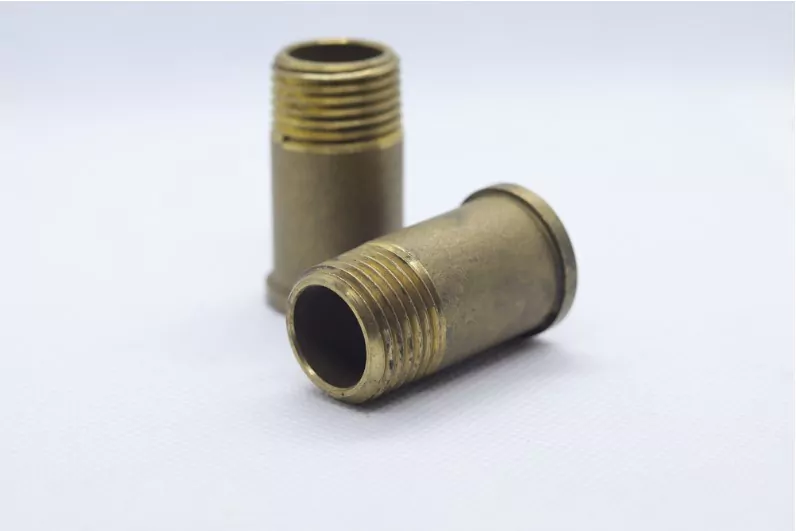
Malleable cast iron is prepared with white castings, heated to 950°c (1,740°f), and cooled for 24 – 48 hours. The iron inside the iron carbide transforms into graphite and a solid solution of ferrite plus carbon. Because the manufacturing process is slow, the surface tension forms spheroidal graphite particles rather than flake-like ones. The porous surface of malleable iron traps other abrasive debris and retains lubricants, non-abrasive wear particles, and non-abrasive wear particles. Due to its strength and wear resistance, malleable iron is commonly used for heavy-duty bearing surfaces, sprockets, chains, connecting rods, drive train and axle components, and railroad rolling stock.
3 Benefits of Cast Iron Cookware
By now, you should have realized that cast iron cookware mainly consists of natural materials. Therefore, it is no longer contaminated with chemicals or plastics, which makes it suitable for cookware materials.
- The first benefit of cast iron cookware is its good wear resistance.
- Cast irons can easily be worked with tools and machines.
- It is highly reliable, with extremely low-notch sensitivity and a low-stress concentration.
- Cast iron products cannot be deformed easily. Steel has 3 to 5 times poor tensile strength compared to cast iron.
- It is possible to shape and size cast iron alloys to any complex shape and size without using expensive machining processes.
- Cast iron cookware is cheaper than pure iron cookware. Also, the tools used for the casting process are very affordable. This is why many people prefer cast iron tawa over pure iron utensils.
- The durability and heat retention of cast iron is excellent.
4 The downside of Cast Iron Utensils
The disadvantages of cast iron cookware are relatively fewer compared to its benefits.
- Cast iron cookware can easily rust.
- In terms of tensile strength, cast iron is weaker than steel titanium. Cast iron has brittle material and is unable to withstand impacts.
- The heating time of cast iron is longer.
- The thick parts of cast iron have slow cooling. Therefore the sectional parts of cast iron become sensitive to touch.
- Cast iron particles’ constant mechanical properties are poor compared to steel.
5 Difference between cast iron and wrought iron and iron cookware
Cast iron cookware
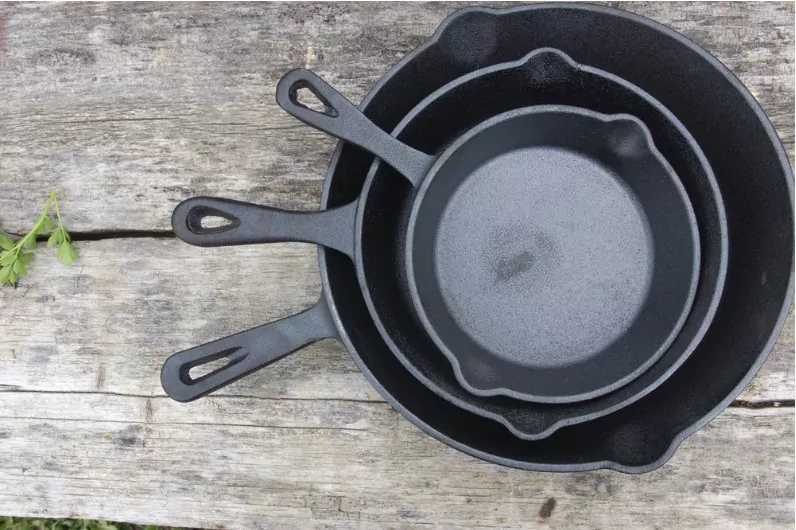
Cast iron production involves smelting iron ore mixed with scrap metals and other alloying elements. As soon as the mixture is poured into the moulds, it is cooled and solidified. Cast iron is generally melted in electric arc furnaces. Cast iron is non-malleable and hard as compared to wrought iron.
Wrought iron cookware
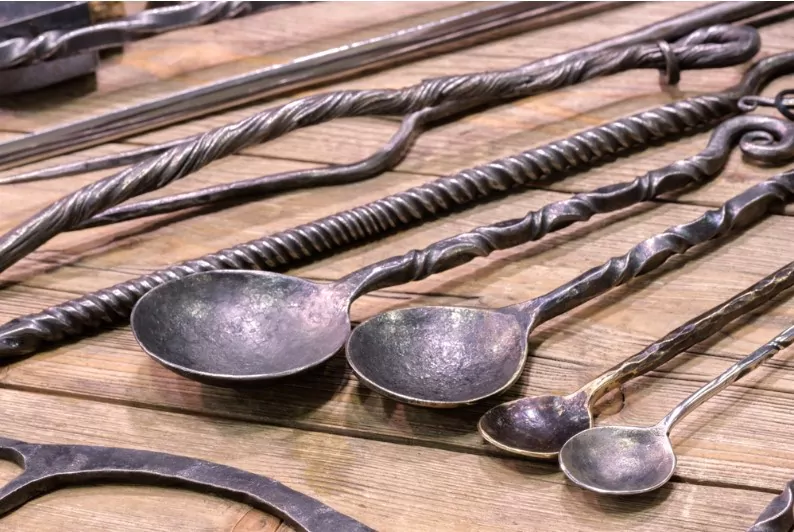
Many people often misunderstand old iron cookware as cast iron, but in reality, that cookware is made from wrought iron. The utensils made from wrought iron are made from pure iron heated and moulded into different shapes. In the manufacturing process of wrought iron, pure iron is heated and shaped with a hammer while it is still hot. If you want to increase the abrasion and indentation toughness of wrought iron, you can heat it repeatedly.
Iron cookware

Unlike cast iron, iron cookware is obtained only with iron and no other alloys. This justifies why iron cookware is so durable. Cast iron cookware tends to crack, while iron cookware is malleable and will bend without breaking. Read our blog on how to clean a burnt utensils to keep your utensils in good shape for many years.
6 Wrapping Up
Concluding the highlights of this article, we hope you are now clear about the definition, applications, properties, composition, and types of cast iron. You can now choose the appropriate cookware for your kitchen based on the primary differences between cast iron, wrought iron, and iron cookware.
FAQ's about Cast Iron
What is cast iron used for?
We all know cast iron is exceptional in flexibility and tensile strength. Different cast iron has different uses. For example, a wide variety of electric fittings and equipment are made of malleable cast iron, including hand tools, pipe fittings, washers, brackets, harvesting equipment, and mining hardware. Shell liners, slurry pumps, ball mills, lifter bars, extrusion nozzles, cement mixers, pipe fittings, flanges, crushers, and pump impellers are applications where white cast iron is used that are abrasion-resistant and brittle.
What is difference between iron and cast iron?
Iron is thinner than cast iron, which is why iron heats up rapidly and provides better heat conductivity. In terms of stickiness, cast iron is more stick-resistant than iron. Regarding durability, cast iron has a more rigid and tensile design than iron. Comparing the last point, cast iron and iron are easy to clean and maintain. You can easily wash both these with soap and pat dry them. But remember to apply a thin oil cover to prevent them from rusting!
Is cast iron good for health?
Yes, cast iron is a healthier option than iron. Cookware made from cast iron has a naturally non-stick surface, which prevents it from consuming excessive oil. Cast iron also retains heat better and distributes the heat equally to the bottom of the utensil. This way, you can cook more healthy meals.
Does cast iron rust?
Yes, cast iron can rust if not maintained properly, just like any iron cookware. Therefore, it is essential to season any cast iron utensil. If you fail to season the cast iron, it can rust easily. Regardless of how much moisture is present, whether it’s a drop of water, condensation, dew, or a humid day, a cast iron can rust easily within a day of exposure.
Is cast iron a toxic metal?
No, not at all. There is no evidence of cast iron being reactive with any other substance. Although cast iron may contain iron, the amount released into food is minimal, and cast iron is associated with little to no health risks. If you don’t want the food to taste a bit metallic, make sure you season it according to the manufacturer’s instructions.
Community Q&A
About This Article
This article has been viewed 1124 times.



